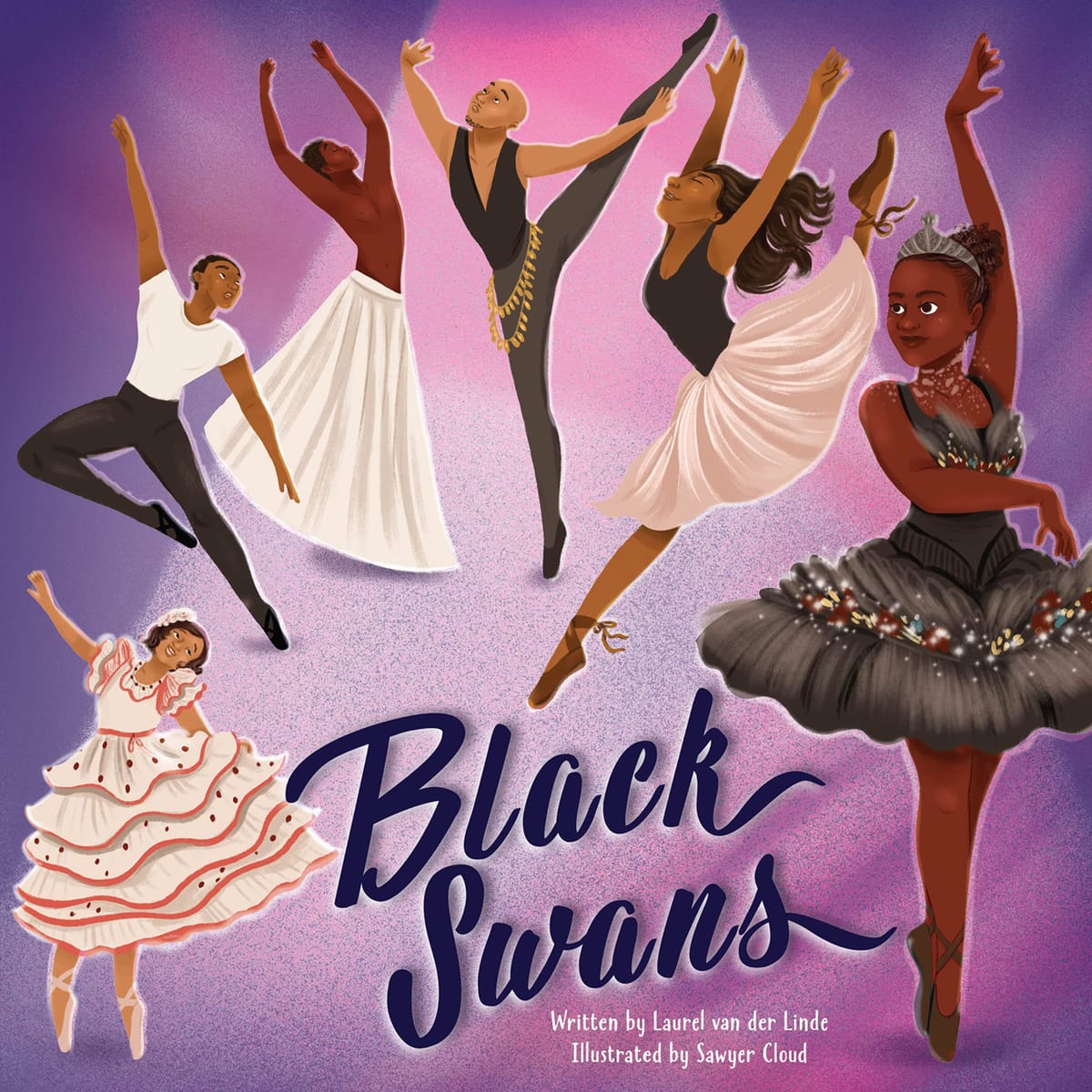The Enigmatic Beauty of Black Swans: A Comprehensive Guide
Discover the origins, symbolism and ecology of black swans, the striking ebony waterfowl that captivate bird lovers and challenge our expectations.

Introduction to Black Swans
With their jet-black plumage, scarlet bills and graceful silhouettes, black swans (Cygnus atratus) are among the most visually arresting waterfowl on the planet. Native to Australia but now found in wetlands around the world, these birds overturn the popular image of the swan as a purely white creature and invite us to rethink our assumptions about nature. In this 800-word guide, we explore their ecology, behavior, cultural symbolism and conservation needs, offering a concise yet thorough resource for bird lovers and curious minds alike.
Origins and Global Distribution
Fossil evidence suggests that black swans have glided across Australian waterways for at least two million years. Early European explorers were stunned by their ebony feathers, prompting the phrase “black swan” to enter Western languages as a metaphor for the impossible. Today, established feral populations exist in New Zealand, the United Kingdom and even parts of continental Europe after introductions in the 19th and 20th centuries. Though highly adaptable, black swans still rely on shallow lakes, estuaries and slow-moving rivers rich in aquatic vegetation.
Physical Characteristics and Identification
Adult black swans average 1.2–1.4 m in length with a wingspan up to 2 m, making them one of the largest water birds. Their most distinctive features include charcoal plumage, prominent white flight feathers visible only in flight, and a bright red bill tipped with a narrow white band. Cygnets hatch sporting soft gray down, gradually darkening as they mature. In low light, observers sometimes mistake juveniles for entirely different species, but the arched neck and straight bill profile remain reliable identification clues.
Behavior and Social Structure
Unlike their temperate-zone relatives that migrate long distances, black swans are generally sedentary, traveling only to locate suitable feeding grounds during drought. They are highly gregarious; flocks of hundreds gather in large wetlands where food is abundant. Pairs, however, are famously monogamous, often remaining together for life. Courtship involves elaborate synchronized swimming, wing arching and repeated trumpeting calls that echo across still water. During breeding, the pair becomes fiercely defensive, chasing away intruders with rapid wing beats and loud hisses.
Diet and Foraging Strategies
Black swans are primarily herbivorous, feeding on submerged and emergent vegetation such as algae, pondweed and sedges. Their extremely long necks—sometimes exceeding half their body length—allow them to reach underwater plants without diving fully below the surface. In deeper water they perform a graceful up-ending maneuver, tipping tails-up to reach the lake bed. Agricultural runoff that stimulates algal blooms can degrade their feeding sites, reducing water clarity and plant diversity. Conversely, mown pasture near wetlands provides a supplemental grazing resource during drought.
Breeding Cycle and Lifecycle
Nesting usually occurs between March and September in Australia, but timing shifts with rainfall. Both partners build a bulky mound of reeds and grasses, often floating yet anchored to emergent plants. Clutch size ranges from four to seven eggs, incubated for approximately 40 days by both parents. Cygnets leave the nest within 24 hours of hatching, riding on their parents’ backs to escape predators like foxes and large raptors. Young birds fledge at about six months and reach sexual maturity at three to four years, at which point they seek lifelong mates of their own.
Symbolism, Myth and Modern Meaning
For the Noongar people of Western Australia, the black swan—known as maali—features prominently in Dreamtime stories that explain its dark feathers and red bill as the result of heroic sacrifice. In Western culture, philosopher John Stuart Mill invoked the black swan to illustrate how a single observation can overturn universal statements, while author Nassim Nicholas Taleb popularized the term “Black Swan event” to describe rare, high-impact occurrences in finance and beyond. Thus, the bird serves simultaneously as a living species and a powerful metaphor.
Conservation Status and Current Threats
Classified as Least Concern by the IUCN, the black swan benefits from a broad native range and sizable population. Nonetheless, localized threats persist. Wetland drainage for agriculture, lead poisoning from shotgun pellets, entanglement in fishing line and collisions with power lines can all reduce survival rates. Invasive predators, particularly European foxes, exact a heavy toll on eggs and young. Climate change compounds these pressures by altering rainfall patterns, leading to longer droughts that shrink vital breeding habitats.
How You Can Help Protect Black Swans
Simple actions can make a difference: support wetland restoration projects; dispose of fishing gear responsibly; and purchase ammunition alternatives to lead if you hunt near waterways. When boating, maintain low speeds in swan habitat to minimize wake that may flood nests. Citizen-science platforms like eBird welcome sightings that help researchers track distribution shifts linked to climate. Finally, advocate for balanced water management policies that allocate enough flow for ecosystems as well as agriculture.
Responsible Birdwatching Tips
Observing black swans in the wild can be unforgettable, but ethical guidelines ensure your presence does not cause harm. Keep a minimum distance of 50 m during breeding season, use binoculars or telephoto lenses instead of approaching nests, and avoid feeding bread, which lacks proper nutrients and can foster harmful algae. Early morning and late afternoon light provide the best photography conditions, highlighting the contrast between black plumage and reflective water. By respecting their natural behaviors, you return home with memories and images that celebrate, rather than disturb, these remarkable birds.
Conclusion
Black swans embody both ecological fascination and symbolic power—creatures that challenge expectations while enriching the wetlands they inhabit. From their ancient Australian origins to their modern role in philosophical discourse, they remind us that nature often defies easy categorization. Protecting their habitats not only secures a future for this striking species but also preserves the biodiversity and cultural narratives intertwined with their existence. Whether you encounter a black swan in the wild or in a metaphor, take a moment to appreciate the elegance, rarity and enduring mystery it represents.

